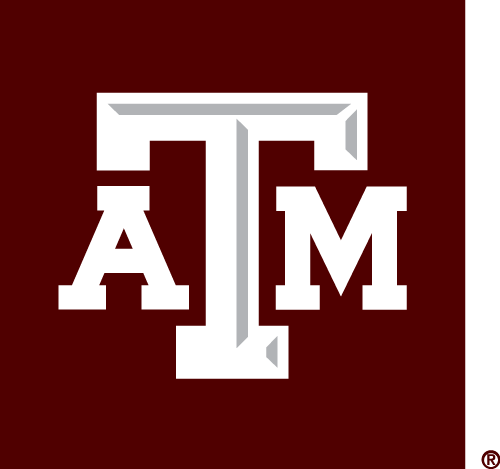Report an Incident / Concern
Report an Incident
This form should be completed within 24 hours for incidents involving biohazardous materials. To submit an initial report for an accident or injury, or if you have questions, you may call (979) 845-6649.
Incidents involving hazardous chemicals or other physical hazards should be reported to Environmental Health and Safety. Please contact EH&S at ehsd@tamu.edu or call (979) 845-2132 for additional instructions.
What do I need to report?
- Skin-piercing injuries with an object contaminated with a biohazardous or recombinantly modified agent.
- Skin-piercing injuries from an animal.
- Splashes or sprays of biohazardous agents into eyes, nose, mouth, or onto non-intact skin.
- Spills of biohazardous agents outside of a biosafety cabinet or other primary containment equipment.
- Failure to wear a respirator where one is required.
- Any other incident that may result in exposure to biohazardous agents.
What Do I Do?
- Injuries involving biohazardous or recombinantly modified agents:
- If it’s an emergency, call 911.
- If an injury is not life threatening:
- Contact bohp@tamu.edu during business hours for instructions.
- Evenings, weekends, and holidays, go to any urgent care facility. There is not one specific location you must use.
- Spills or other exposures to biohazardous or recombinantly modified agents:
- Follow the Spill Response Guidance
- Contact bohp@tamu.edu for instructions after spills or any other exposure to biohazardous, or recombinantly modified agents.
- Complete and submit the Office of Biosafety Incident Response Form within 24 hours of the incident. Call (979)-845-6649 with questions.
- Notify your supervisor immediately of all injuries, spills, or other incidents.
- Incidents not involving biohazardous or recombinantly modified agents should be reported to Environmental Health and Safety.
Why do I need to report incidents involving biohazards to biosafety?
- To receive occupational health services:
- You may be referred to the university’s contracted occupational health provider for evaluation and treatment.
- Texas A&M may have additional reporting requirements:
- The Texas A&M Institutional Biosafety Committee is responsible to report any significant research related accidents or illnesses to the appropriate Institutional Official and the NIH Office of Science Policy (NIH OSP) within 30 days to ensure compliance with the NIH Guidelines for Research Involving Recombinant or Synthetic Nucleic Acid Molecules (NIH Guidelines).
- Some incidents must be immediately reported to NIH OSP:
- Spills or accidents in BSL-2 labs conducting research with recombinant or synthetic nucleic acid molecules resulting in overt exposure.
- Spills or accidents in BSL-3 labs conducting research with recombinant or synthetic nucleic acid molecules resulting in potential or overt exposure.
